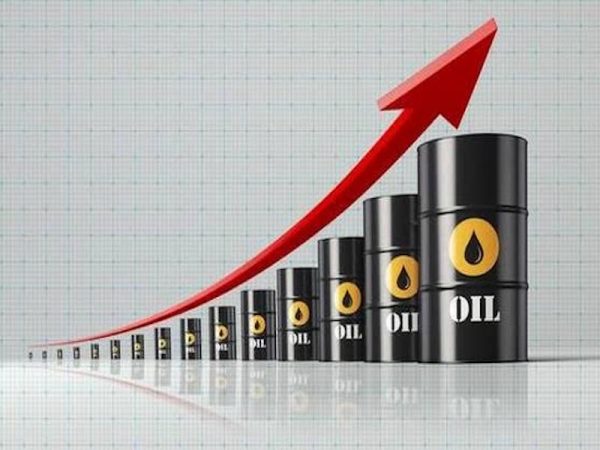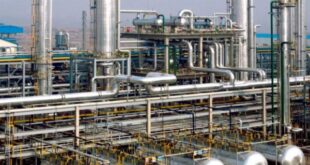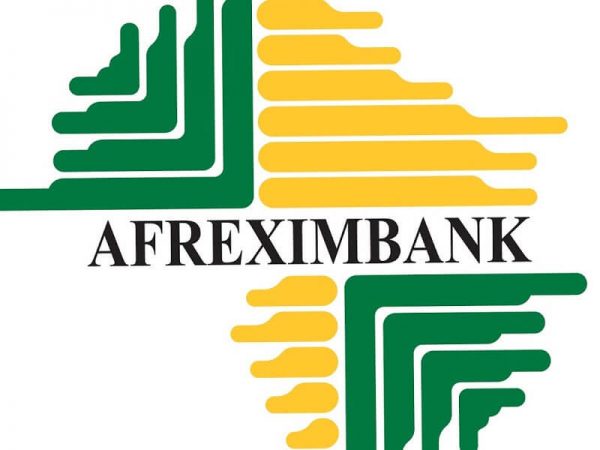 The Federal Ministry of Petroleum Resources has disclosed that Nigeria’s oil production, including condensates, in the month of September was 2.158 million barrels per day (mbpd).
The Federal Ministry of Petroleum Resources has disclosed that Nigeria’s oil production, including condensates, in the month of September was 2.158 million barrels per day (mbpd).
The ministry in its Periscope Newsletter had indicated that crude oil production, including condensates, stood at 1.82 million barrels per day (mbd) in May and 1.89mbd in June 2018.
These were lower than the average 2 mbd crude oil production the country recorded in the first four months of 2018 and are still far lower than the 2.3 mbd production benchmark set in the 2018 budget.
In its September 2018 facts and figures released yesterday, the ministry also stated that on the average, the country consumed up to 52.80 million litres of petrol within this period.

Media source in Abuja obtained the report, but it did not indicate the separate volume of crude oil that made up the total oil production in the month. In August, the Organisation of Petroleum Exporting Countries (OPEC) stated that Nigeria produced about 1.71mbd of oil alone which was below the 1.8mbd production cap agreed with it and Libya in 2017.
The development also followed disclosure by OPEC that demands for its oil will increase to 40mbd in 2040, with demands from developing countries pushing it up.
OPEC’s Secretary General, Mohammad Sanusi Barkindo, said this at a plenary session of the recent Spanish Committee of the World Energy Council (CECME) annual general meeting in Madrid, Spain.
Barkindo said in his remarks at the plenary session that while non-OPEC countries are likely to increase global oil supply by more than 9mbd between 2017 and 2027 with the major driver being United States tight oil, and significant additions from Canada, Brazil and Kazakhstan, they would eventually decline by around 4mbd.
He said in the long term, demands for OPEC oil would increase from 32mbd that it was in 2018.
“In fact, global tight oil supply is set to grow to over 15 million barrels a day by the second half of the 2020s, thus making up almost a quarter share of non-OPEC supply at its peak.
“Beyond this period, however, non-OPEC supply is set to decline by around 4mbd, chiefly due to losses in US tight oil production, as well as depletion in other regions, such as the Asia-Pacific, North Sea and Latin America.
“It means that in the long-term, the demand for OPEC crude is projected to increase to around 40mbd in 2040, up from 32mbd in 2018,” Barkindo said.
He explained that the share of OPEC crude in the global oil supply is estimated to increase from 34 per cent in 2017 to 36 per cent in 2040 that huge investments would need to be done to meet the expected global expansion.
Barkindo, stated thus: “We also need to consider that new barrels are needed not only to increase production, but to accommodate for decline rates from existing fields. Oil-related investment requirements across the upstream, midstream and downstream are estimated at around $11 trillion in the period to 2040.
“On a positive note, we have seen investment picking up again this year, after the significant downturns witnessed in 2015 and 2016. However, we need to remain watchful and vigilant to ensure the necessary future investments are made.
“It is important to remember that the foundation for investment and growth can only come through balance and stability in the market. It is always worth recalling that long-term security of supply is intrinsically linked to short-term conditions.
“In this regard, OPEC member countries remain fully committed to investments across the whole industry value chain, and the issue of returning global investments is a core focus of the ‘Declaration of Cooperation’,” he explained.
 MMS PLUS NG – Maritime, Aviation, Business, Oil and Gas News Online Newspaper with coverage in Maritime, Oil and Gas, Aviation, Power and Energy as well as Financial News
MMS PLUS NG – Maritime, Aviation, Business, Oil and Gas News Online Newspaper with coverage in Maritime, Oil and Gas, Aviation, Power and Energy as well as Financial News









